How to save mint seeds – in six simple steps
Save and store these versatile seeds to grow abundant mint crops for years to come
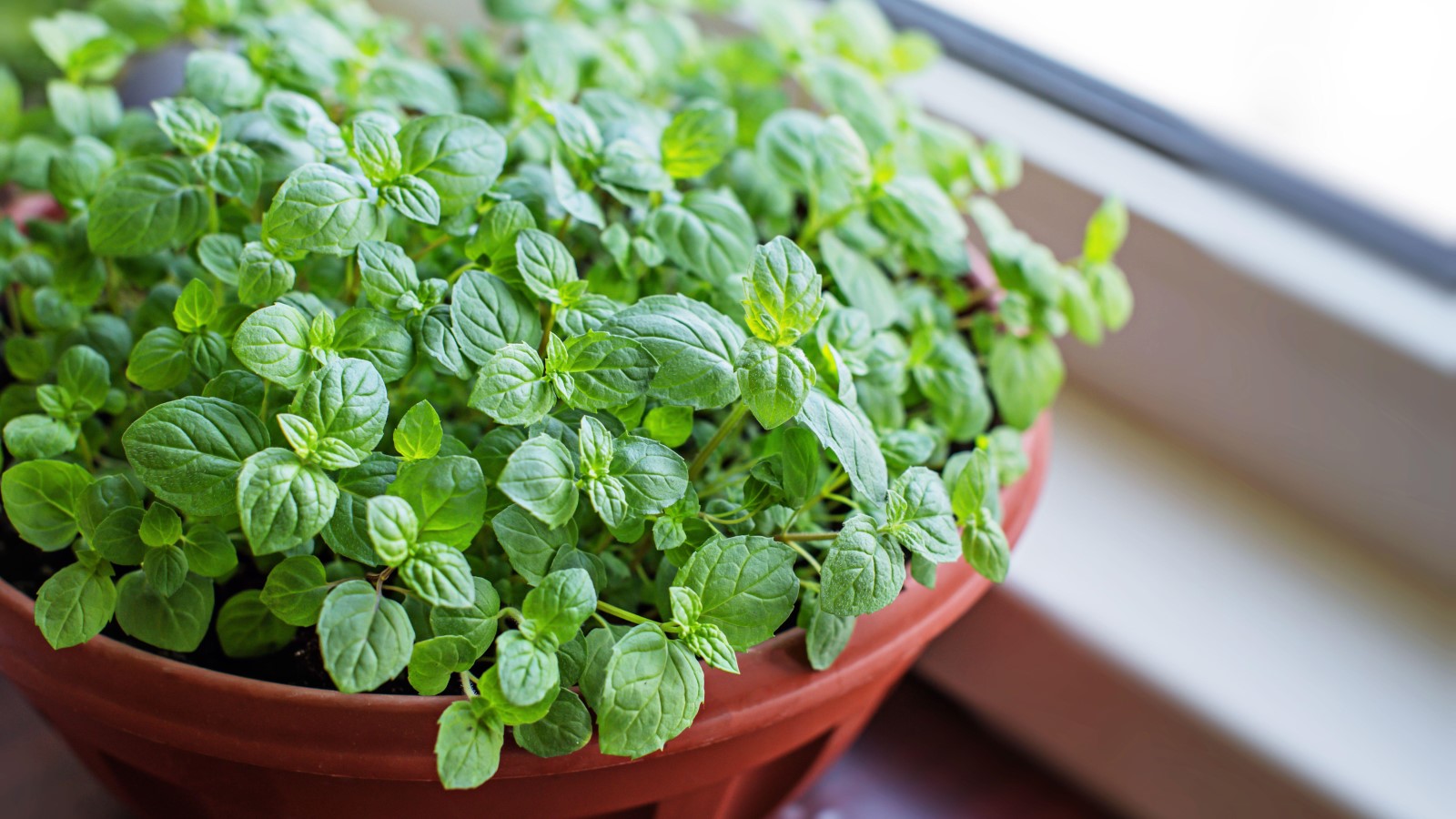

Mint is a well-loved, versatile herb with a history of use in cooking, as well as medicine. Packing a punch of flavor in many dishes, having a healthy stock of mint seeds saved up in storage will go a long way, especially if you're seeking to continue a particularly good crop's longevity.
Harvesting mint seeds may be an unknown right now, but it's actually rather simple, so long as you follow a step-by-step guide.
We spoke to experts in gardening and plant care to create a guide to help you harvest healthy mint seeds of all varieties, ready to use when the growing season comes around. You'll have plenty of this herb to enjoy, as well as enough to propagate mint from cuttings to bolster your homegrown crops.
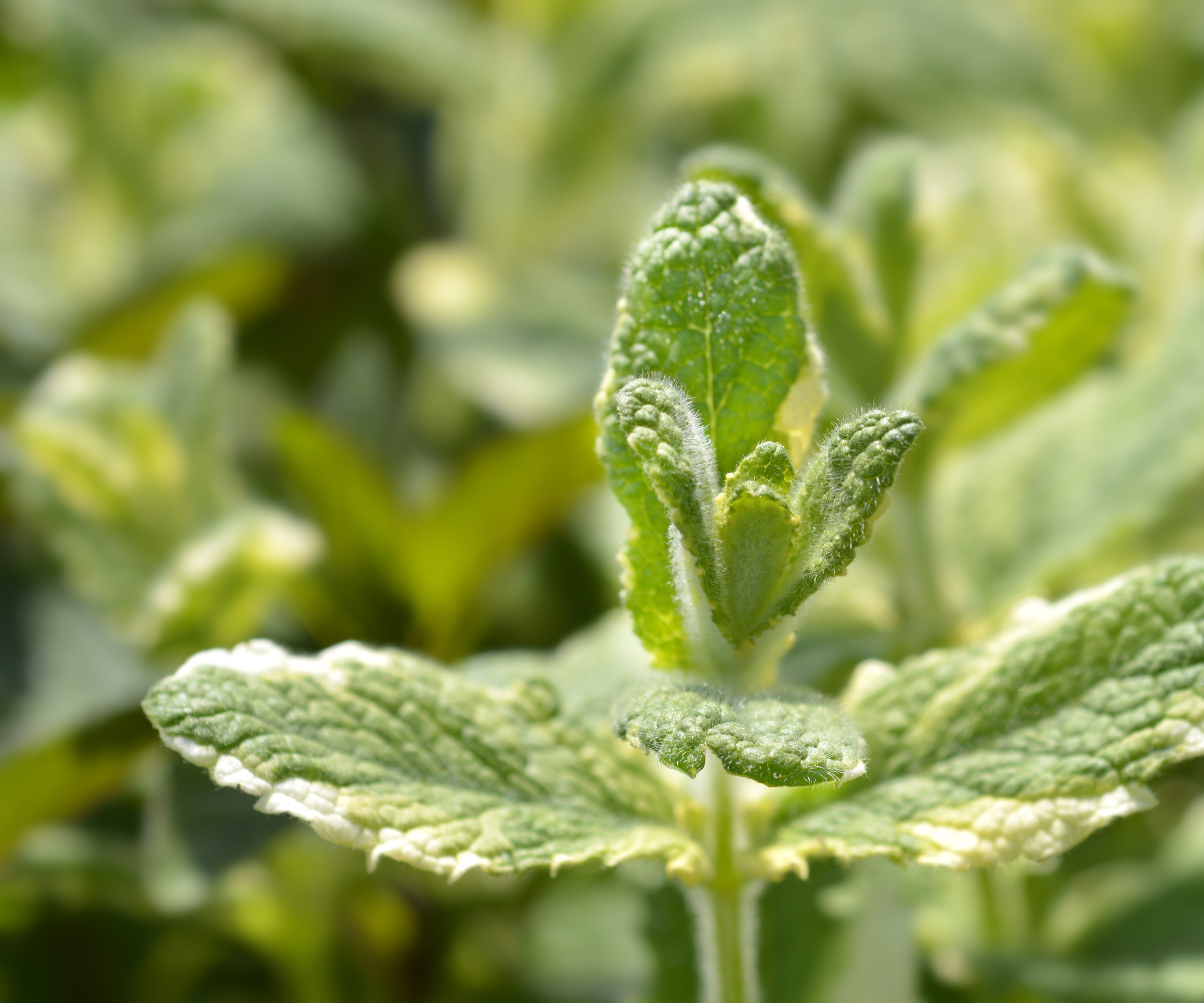
6 steps to harvest and save mint seeds
The most common way for people to grow more mint plants from their crops is through propagation, cutting healthy stems off of their plants and from those producing new mint plants.
However there are some varieties of mint, including common mint and spearmint, that can be propagated by collecting and growing their seeds.
Harvesting seeds is a great alternative method if you wish to keep your mint supply to plant in the future instead of straight away. Here's a breakdown of how to do it.
1. Harvest your mint seeds at the right time
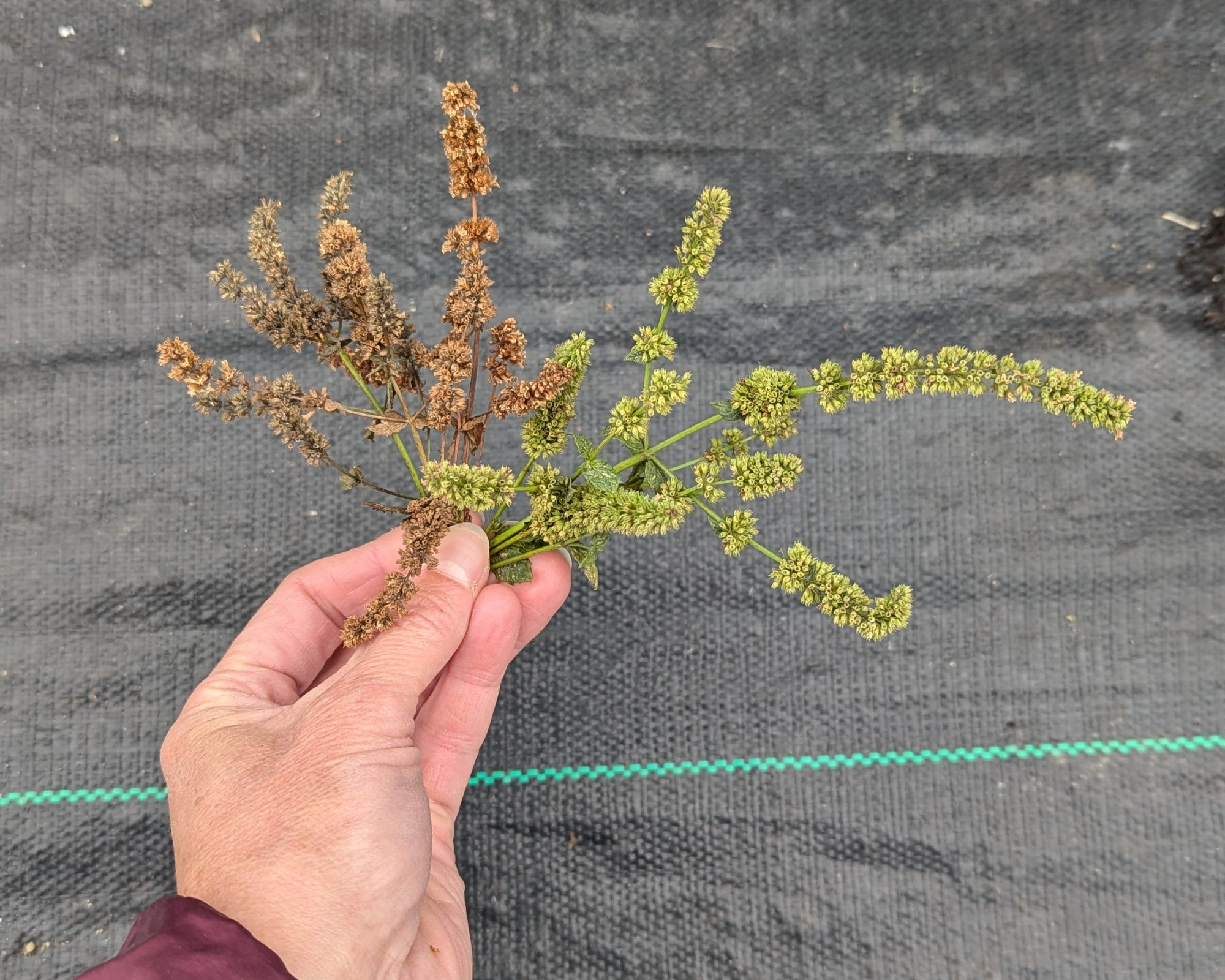
To gather the best seeds from your mint, whether it's being grown indoors or outdoors, it's recommended to wait until your plant matures and its flowers have begun to die off.
Jodi Danyo, founder and CEO of Cherry Valley Organics, says, 'To collect seeds, it is best to wait until the spent flower heads containing the seeds turn brown. Green flower heads likely contain underdeveloped, non-viable seeds that will not germinate.'
Mint flowers typically blossom through late spring to summer, dying back and turning brown after this period to produce little seed pods.
Check your seed heads once you notice them browning, and once they shift in color without completely drying out, it's the ideal time for harvesting.

Jodi is the Founder and CEO of Cherry Valley Organics, an organic farm and e-commerce company innovating in the herb and edible flower space. She has over 25 years of experience growing vegetables, herbs, and flowers organically for retail and wholesale markets.
2: Remove the seedheads from your mint plant
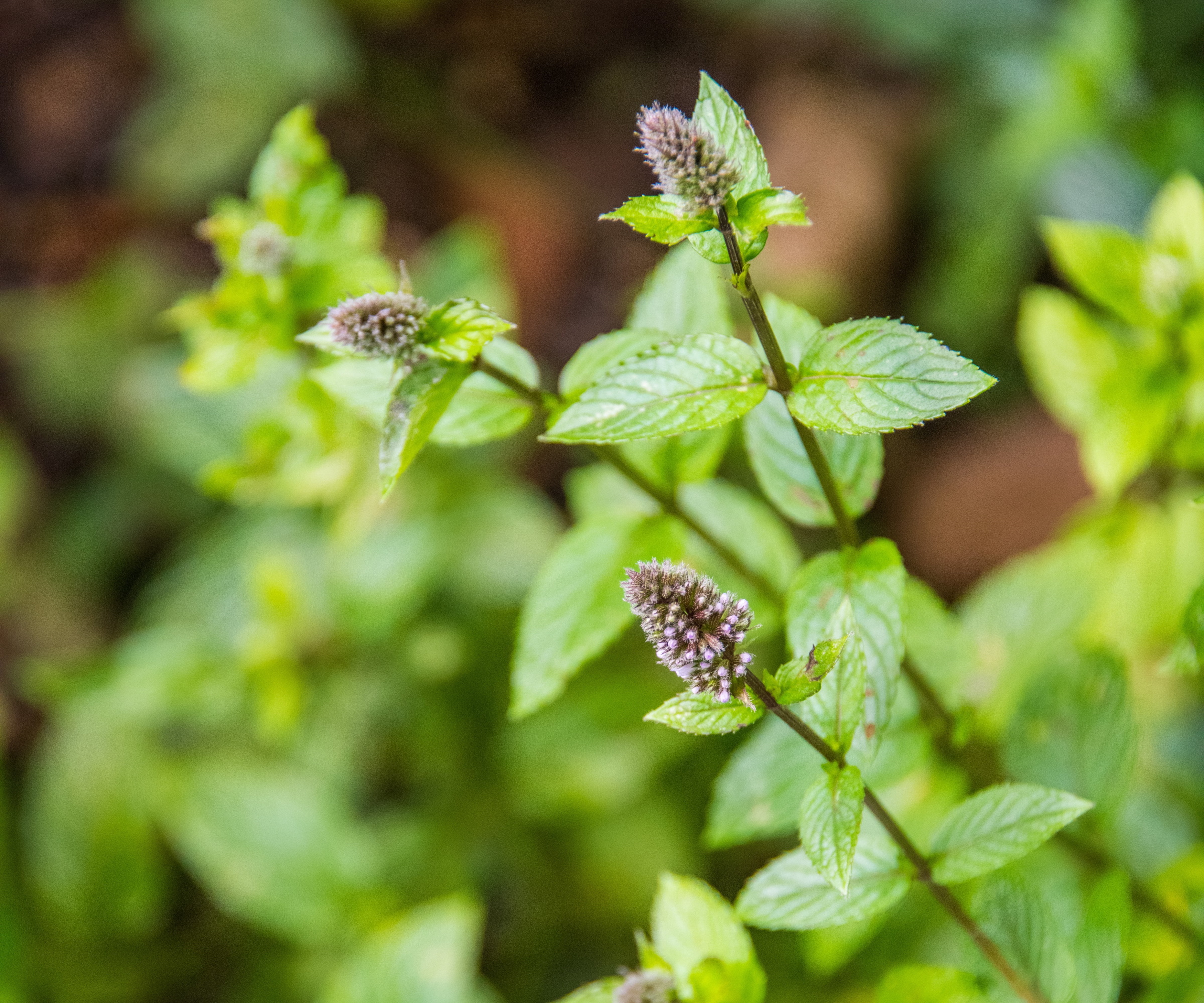
After identifying the seedheads you wish to harvest from your mint plant, it's time to remove them from the plant.
Ofra Gaito, CEO of plant company Verdant Lyfe, says, 'Using a pair of pruners, cut the flowering stems off of your mint plant, just before they completely dry and the seeds drop out naturally.'
Doing this ensures that the seeds you harvest are still alive and viable, preparing them for the best seed sowing.
Using a small pair of hand pruners like the lightweight garden flower scissors in a two pack from Amazon, snip off your mint plant's browning flower heads as close to the end of each shoot as possible. You can do this by following the stem and seeing where it leads to on the rest of the plant.
Having some stem left on each flower will make harvesting your mint seeds later on an easier job, as you will be able to handle the flowers by their stems.
3: Fully dry out your mint seedheads
Once you have gathered up all of the mint seedheads you wish to harvest, it's important to fully dry them. This will make the process of removing the mint seeds easier, as they are extremely small and will be less likely to get damaged if their environment is free from any moisture.
Jessica Mercer, senior content marketing coordinator and plant expert at Plant Addicts, says, 'After harvesting your seedheads, they need to dry out. So, lay the stalks out on a kitchen towel or newspaper in a well-ventilated area indoors for about 3-7 days. Allowing the stalks to dry prevents mold from developing in seed storage, and makes the seeds easier to separate from the seedheads.'
When your seedheads feel dry to the touch, they are ready to harvest.

Jessica Mercer, PhD, is the Senior Content Marketing Coordinator for Plant Addicts. As a “plant collector”, Jessica enjoys growing many different plants and learning about the best cultural practices for each. Writing for Plant Addicts is a real joy for her, as she can use her science background to research interesting plant topics. She carefully considers how to best present the information to other gardeners, with a focus on sustainability and the environment.
4: Harvest the mint seeds from the seedheads
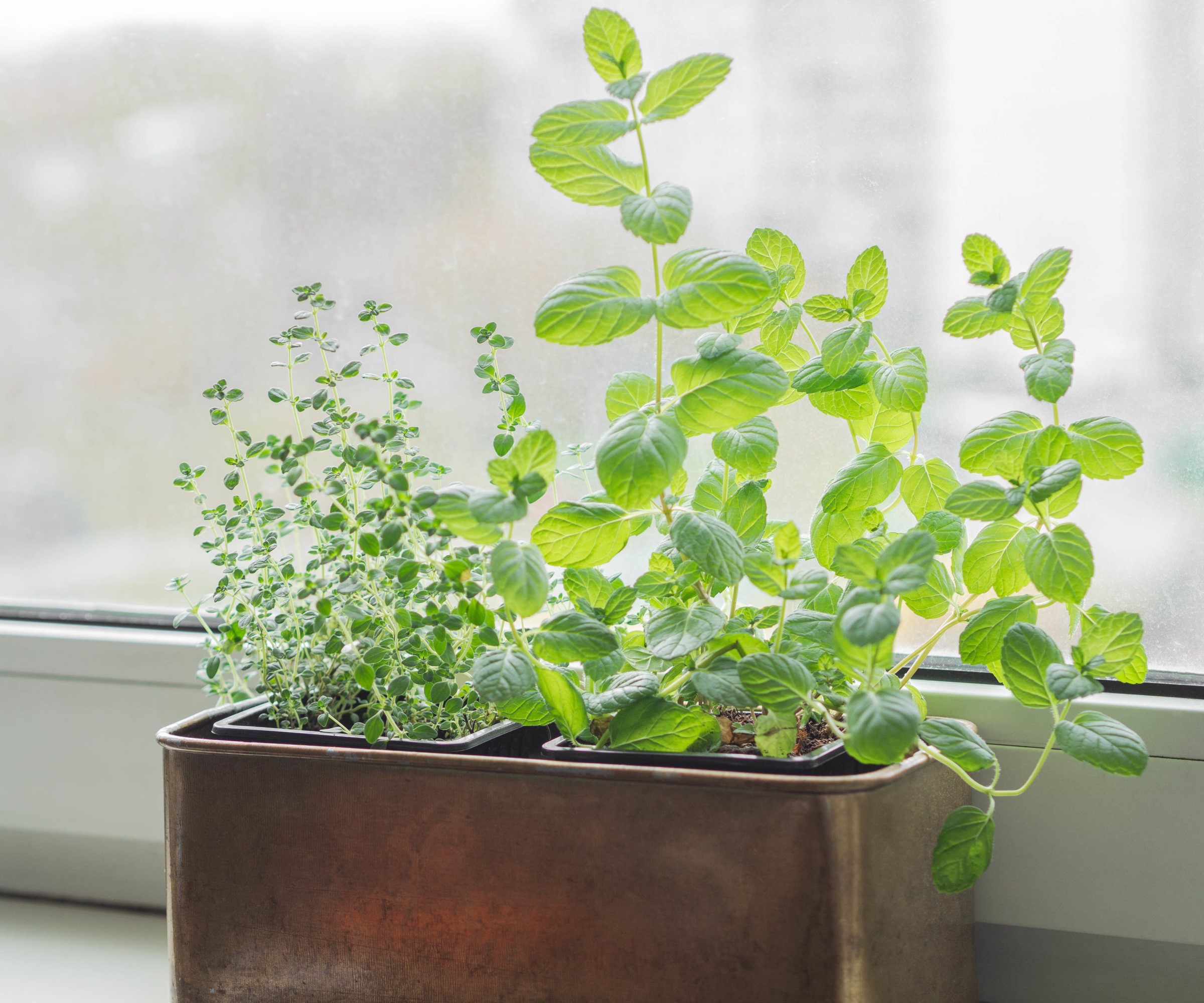
Harvesting mint seeds can be done in two main ways, depending on your preference.
The first way involves using your fingers: 'Gently rub the dried seed heads between your fingers to release the tiny brown seeds,' says Jessica. For many this is the preferred method as it's precise and easier to keep track of where all the seeds are.
The second method involves shaking your dried flowers to release the seeds from their pods.
'Mint seeds are very small and can be hard to see, so you may want to do this over a large, clean surface or inside a container to catch the seeds,' says Ofra.
Don't forget to remove debris from your seeds as best as possible to be purely left with the seeds for planting.
'You can use a fine-mesh sieve to sift out any remaining plant debris,' says Ofra or, as noted by Jessica, 'You can gently blow on the chaff and debris to remove them from the seeds.'
The mainstays 8" stainless steel fine mesh strainer from Walmart should do the trick, but if you're really worried about seed harvesting and collecting mistakes, you could use an even smaller sieve such as the 3" fine-mesh sieve from the 3pc stainless steel mesh strainer set from Target.
5: Allow your mint seeds to dry out
Double drying your mint seeds may seem unnecessary but it's an incredibly important part of the harvesting process.
'Since we often collect seeds in the fall when conditions are humid and wet, we let our seeds dry in a warm place for up to a week before we store them' says Jodi.
You can do this by laying the seeds out on a paper towel on your windowsill, or on a seed and herb drying rack like this herb drying rack from Amazon, which has eight shelves of storage.
6: Store your mint seeds safely
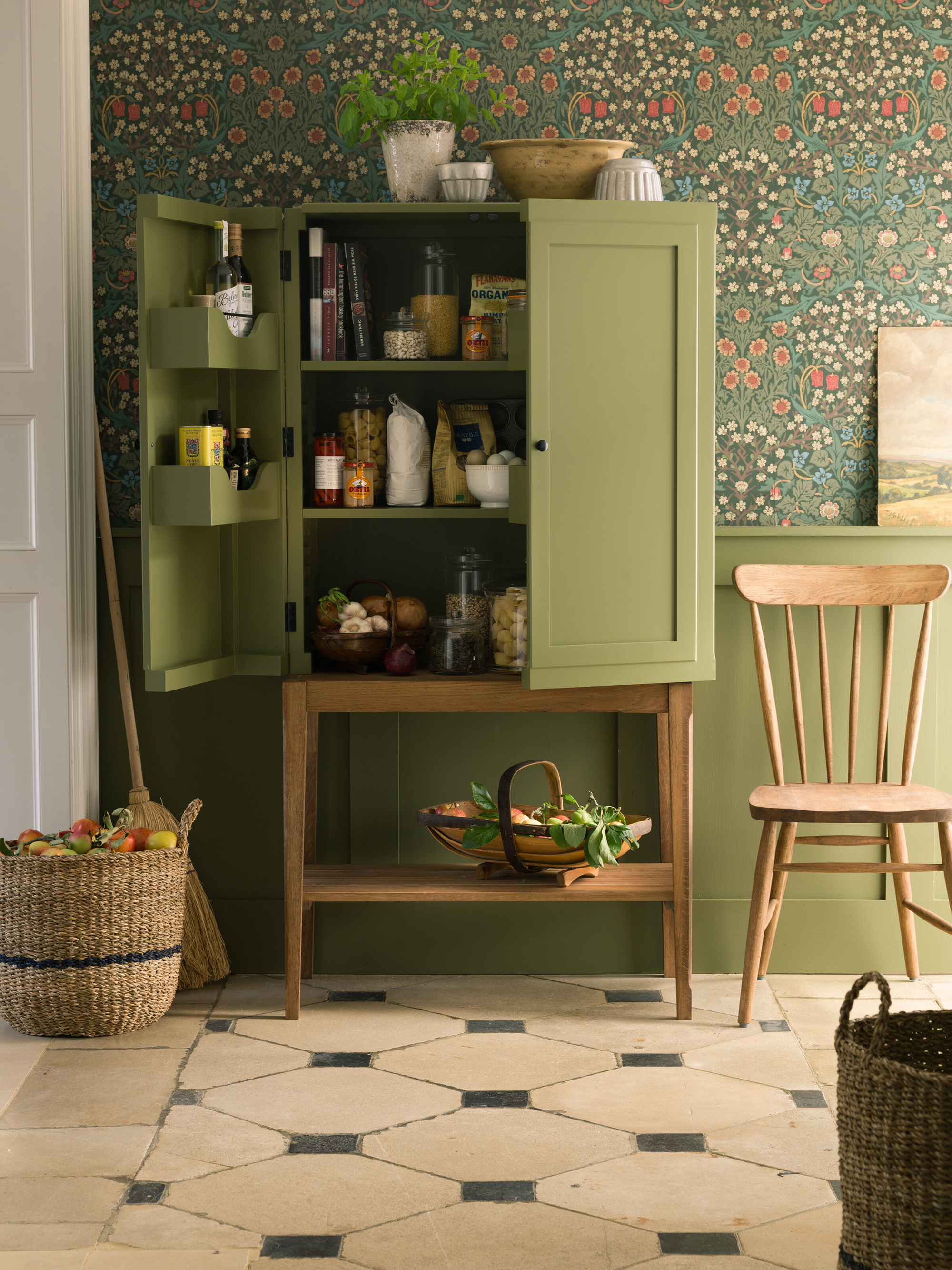
Once completely dried out, you can carefully store your mint seeds in a container and place them somewhere safe.
'It's important to store your mint seeds in a cool, dry, and dark place, free from moisture which could cause them to rot,' says Ofra.
Using a paper envelope or a simple, airtight glass jar like the budget-friendly plaid surface glass 16 oz mason jar from Walmart will more than suffice. We recommend also investing in a small plastic funnel like the 2-piece kitchen funnel set, also from Walmart, to ensure that every one of your mint seeds makes it into your container.
This container or envelope can then be labelled using a label such as the 500 pc removable freezer labels from Amazon which are very clear and useful for seed storage containers, and stored somewhere suitable, such as a dark cupboard, pantry shelf or basement.
Jodi shared with us another insightful seed storage idea to bring your mint seeds maximum longevity.
'At Cherry Valley Organics, we like to store seeds in the refrigerator at temperatures below 40 degrees to keep the seeds viable as long as possible,' says Jodi. 'Ideally, this is a refrigerator in the basement or garage that is not opened and closed frequently, keeping the temperature as consistent as possible.'
According to Jessica, 'Properly dried and stored mint seeds can remain viable for 1-3 years. However, fresher seeds have a higher germination rate, so using them within the first year leads to better results.'

In 2020, Ofra Gaito founded Verdant Lyfe, an e-commerce company born to help and share live plants with both plant lovers and new plant beginners. The company packs and ships hundreds of orders every week to homes and businesses all over the USA. At the head office in South Florida, Ofra and her team conduct workshops every six weeks that involve the plant world. Ofra hosts live radio program Grow Your Lyfe every Friday at 1:45 pm EST on 101.9FM Omega radio.
Now you know how to efficiently harvest mint seeds , why not delve deeper into the world of this herb harvesting and storing with our expert guide on how to dry rosemary.
Sign up to the Homes & Gardens newsletter
Design expertise in your inbox – from inspiring decorating ideas and beautiful celebrity homes to practical gardening advice and shopping round-ups.

Ciéra is a writer and regional laureate with particular passions for art, design, philosophy and poetry. As well as contributing to Livingetc, she's an Editorial Assistant for Design Anthology, and a contributing writer for Homes & Gardens and Apartment Therapy. Previous commendations of hers include being Highly Commended by The Royal Society of Literature and receiving a prestigious MA Magazine Journalism scholarship to City University, London.
-
 Diane Keaton's former Lloyd Wright-designed home is a mid-century modern treasure trove – it's listed for $12.8 million
Diane Keaton's former Lloyd Wright-designed home is a mid-century modern treasure trove – it's listed for $12.8 millionThe actress purchased an iconic property in the Pacific Palisades, which she lovingly renovated – today, it's as timeless as ever (and in need of a new owner)
-
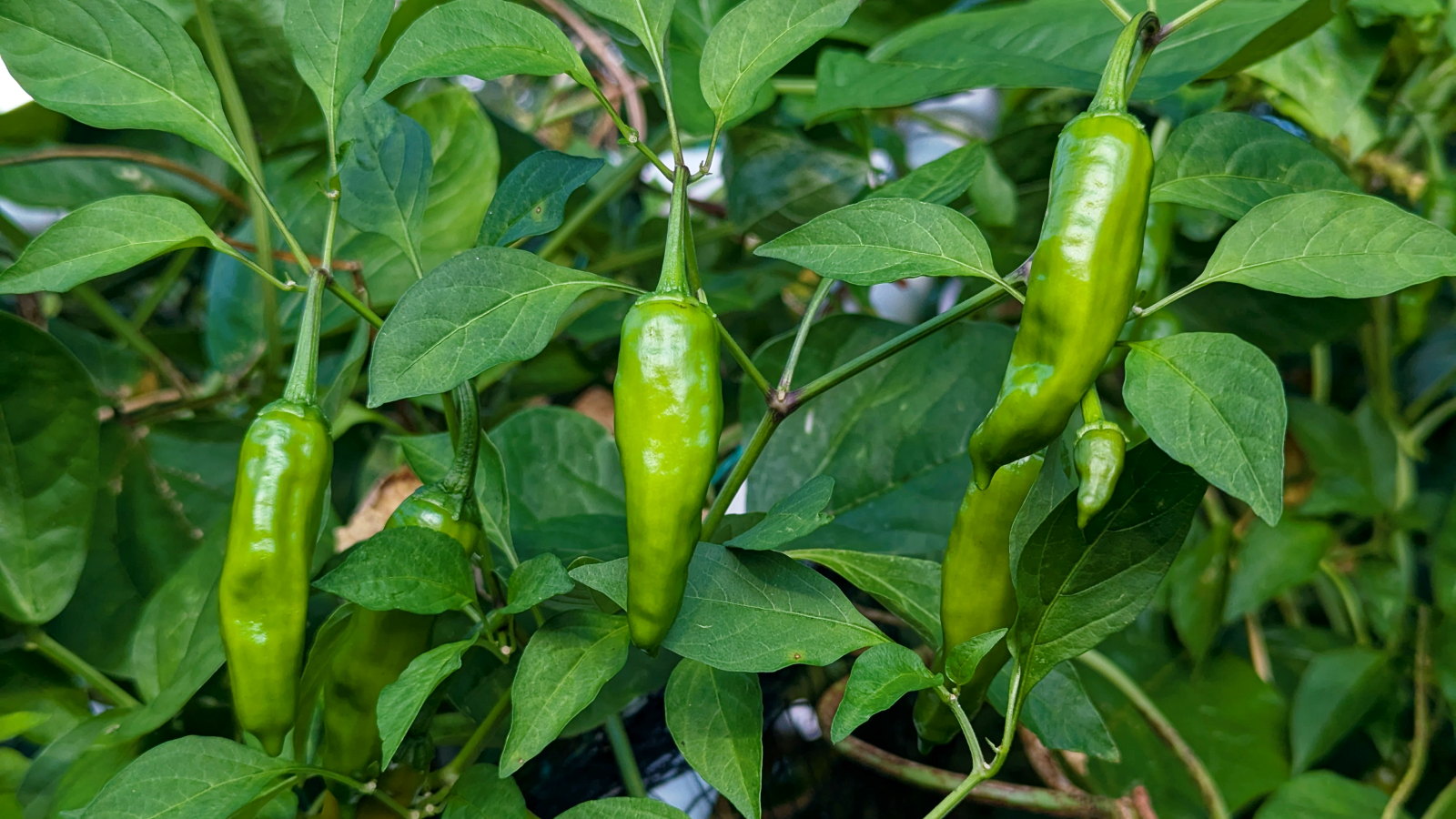 Do you prefer your peppers milder instead of fiery? If so, this could be the perfect solution – here’s how to grow shishito peppers
Do you prefer your peppers milder instead of fiery? If so, this could be the perfect solution – here’s how to grow shishito peppersGet large harvests of small, slender, green shishito peppers from each plant